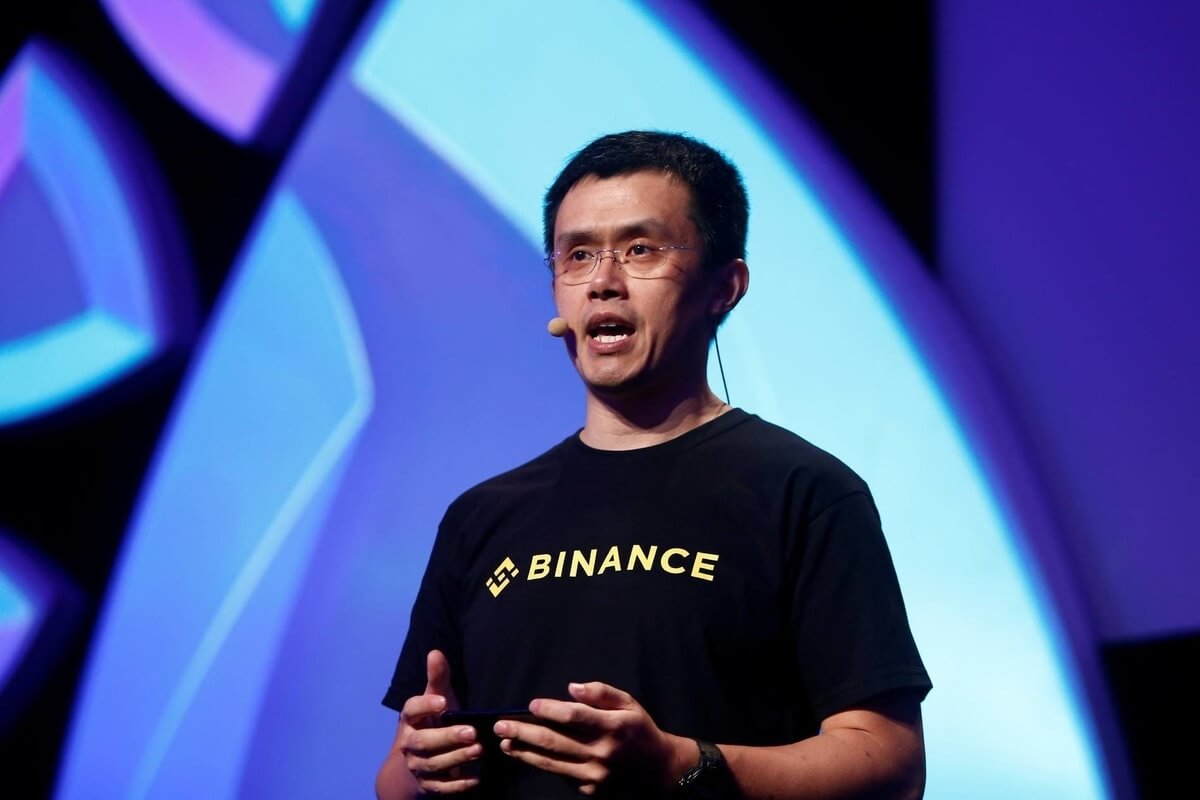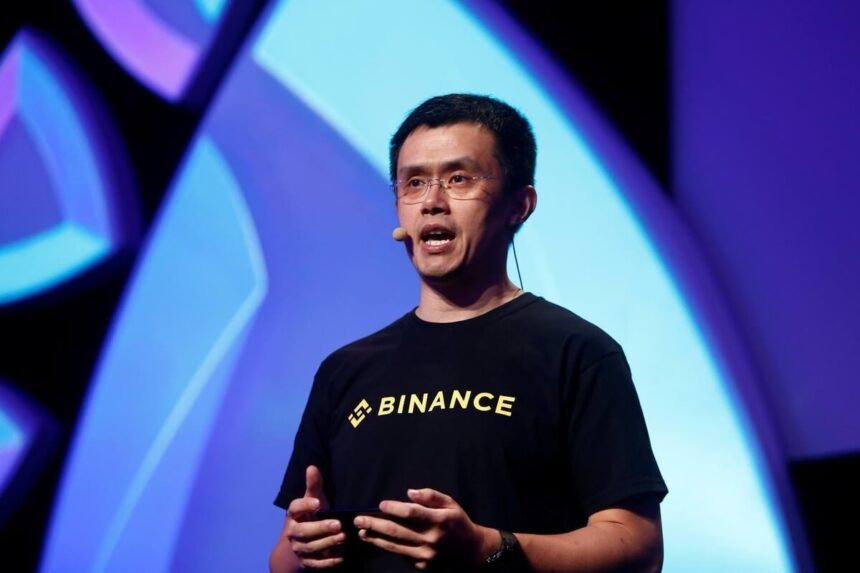
- Zhao criticizes Binance’s token listing process, calling it “broken” due to volatility from delays between announcement and listing.
- Analysts warn that tokens listed on exchanges may face price drops due to high valuations and excess liquidity.
Changpeng Zhao (CZ), the former CEO of Binance, has raised concerns over the platform’s token listing procedures, referring to the process as “a bit broken.” Zhao’s comments come in the wake of the Test Token (TST) controversy, which has stirred the crypto community and prompted widespread discussion on Binance’s listing practices.
Token Listing Issues: A Broken Process?
The token experienced an immediate price surge following Zhao’s video tutorial, which featured TST as an example of a meme coin. Despite clarifying that the video was purely for educational purposes and that he did not endorse the token, Binance listed TST on its platform. The token’s market cap increased by $185.9 million following the listing.
Zhao acknowledged the issue in a social media post, highlighting the volatility caused by the four-hour window between announcing a token’s listing and the actual go-live time.
This period between the announcement and the listing leads to price fluctuations, especially on decentralized exchanges (DEXs), where traders can buy up tokens and then sell them on centralized exchanges (CEXs) for a profit. He described the token listing process as “broken” and noted that this structure creates an unstable environment for traders and the token’s value.
TST got listed on Binance. A few thoughts:
1. CZ said “fundamentals”, then talks about a test coin turned meme coin.
I posted to clarify that TST was NOT endorsed by me/us. It was just a test token used in a video tutorial. But every clarification post just made it more viral…
— CZ
BNB (@cz_binance) February 9, 2025
However, Zhao admitted that exchanges often list tokens that are in demand from traders, even if they do not meet the usual criteria for strong projects. According to Zhao, this approach is driven by the need for exchanges to stay competitive by listing popular tokens as early as possible.
Zhao explained that exchanges are forced to compete in listing popular coins that generate high trading volumes as quickly as possible. He further emphasized that if a coin is in high demand among traders, there’s no need to approach exchanges. Instead, the focus should be on developing the project rather than worrying about the exchanges.
Meme Coins and the Future of Listings
The TST token’s classification as a meme coin has drawn attention to the growing popularity of such tokens in the crypto space. Zhao acknowledged the cultural relevance of memes in the industry but clarified that he is not an expert in meme coins. Despite his personal stance, as noted by CNF, he urged that the meme coin community should not be dismissed, as it has proven influential in driving market trends.
In line with the volatility created by Binance’s listing practices, industry analysts have raised concerns about the long-term effects of such speculative token listings. Analyst AB Kuai Dong suggested that projects listed on exchanges may face price drops of up to 80% after their initial offering.
市场后续怎么看?
目前除了比特币以外,其实整个业内流动性都不太够,愈加靠向疫情前没有放水的时期,但相比 19 年,其实压力要大很多,因为有大量的高市值需求项目在等待发币。…
— AB Kuai.Dong (@_FORAB) February 10, 2025
He explained that this drop in value is often a result of high valuations and excessive liquidity from prior fundraising rounds, which causes projects to struggle when tokens are finally released into the market.




